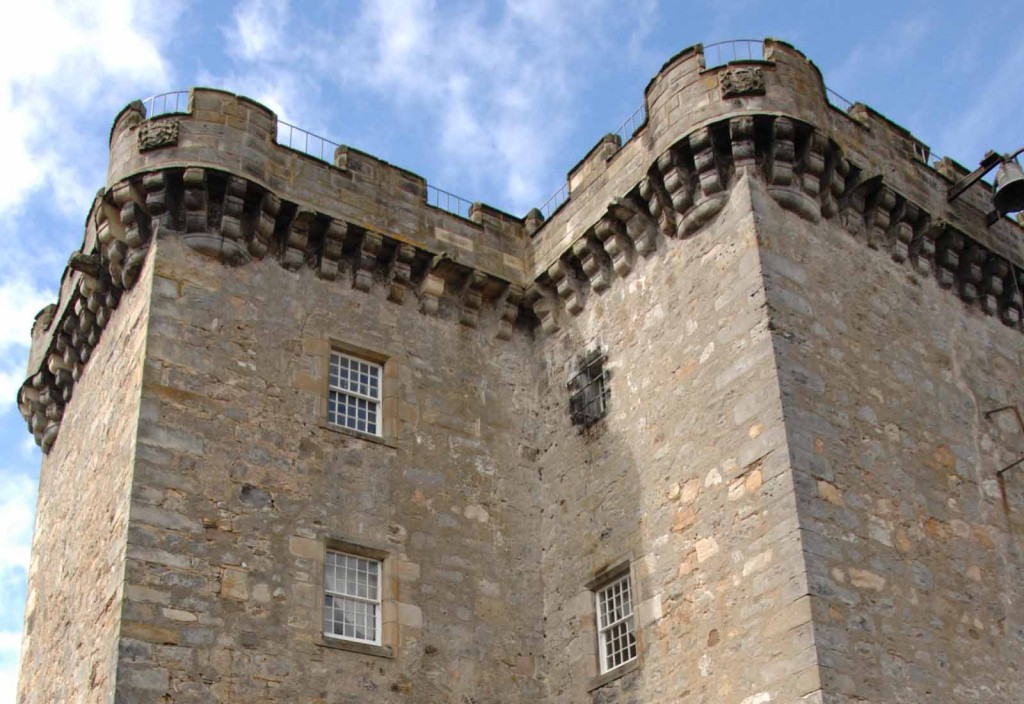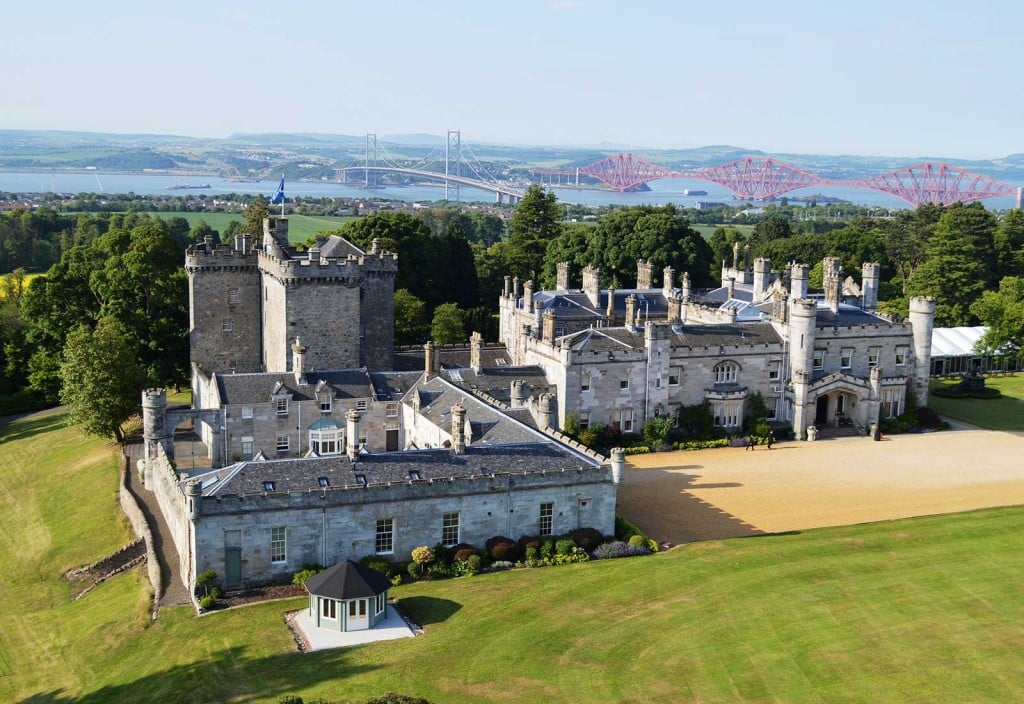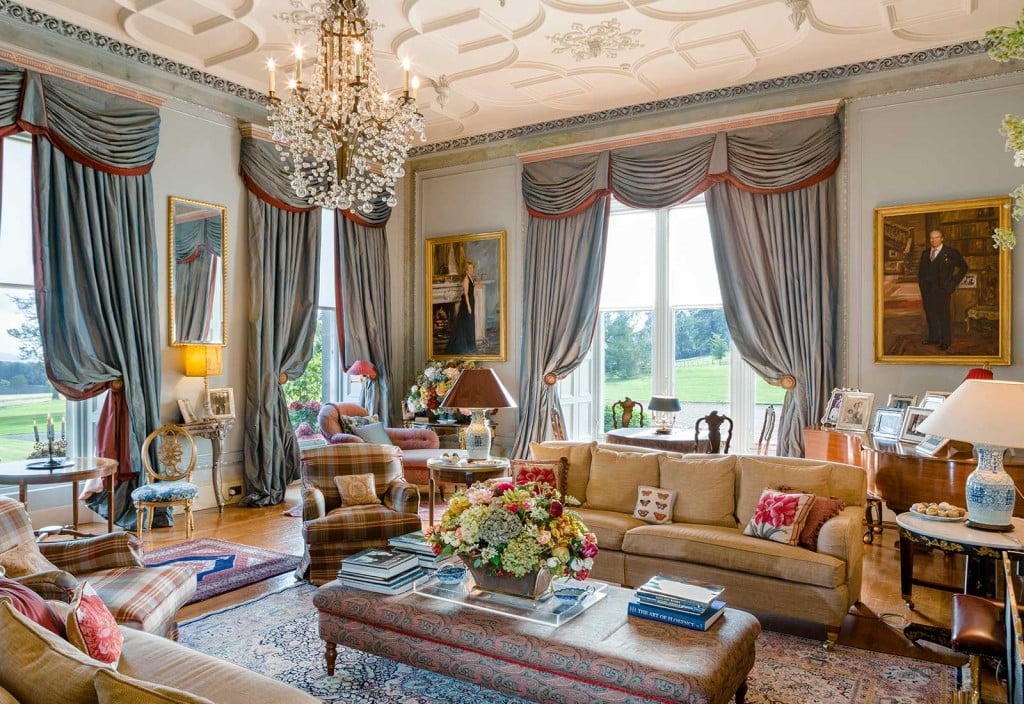
History
We are very proud of our Castle’s history and invite you to hold an event here and be a part of it too.

ANCIENT HISTORY
From the Twelfth Century onwards the Dundas Clan came to live and to acquire increasingly large tracts of land along the southern shores of the River Forth. By the Fifteenth Century the greater part of Linlithgowshire, now equivalent to West Lothian and the western part of Edinburgh was owned or controlled by Dundas of that Ilk.
Members of the Dundas family have been famous throughout Scottish history. Hugh Dundas served under William Wallace in the defence of his country. His son, George, fought alongside Robert the Bruce at the battle of Bannockburn but was slain at the subsequent battle of Dupplin.
In 1416 James Dundas obtained a licence to build a Keep from the Duke of Albany, who was then the effective ruler of Scotland. He was the younger brother of a weak King Robert the Third. Albany became infamous in Scottish history by seizing, locking up and starving to death the King’s eldest son David, Duke of Rothesay.

LATER HISTORY
The ‘modern’ castle was built in 1818. It replaced an earlier Seventeenth Century building, which was pulled down. William Burn, one of Scotland’s greatest architects, designed the magnificent house.
He was famous for also building churches and this influence can be seen in the main hall, passageway and staircase. The main state rooms, in contrast to later and uglier Victorian buildings in Scotland, have wonderful proportions and the genius of Burn provided for the huge dimensions of the windows. These give an unparalleled outlook onto the spreading lawns and parkland outside.
Sadly for the Dundas family, the building and the extensive gardens had cost so much to construct that the estate had to be sold in 1846. Mr Russell, a gentleman who had a liking for rearing and betting on horses was the purchaser.

PRESENT TIMES
It was only when Sir Jack inherited Dundas Castle on the death of his mother, in 1995, that serious restoration of both the Auld Keep and the Castle began. The Keep had not been inhabited for over three hundred years. The parapet had to be taken down and restored and much stone work restoration took place. Electricity, banqueting and toilet facilities were installed. Dry rot had taken a serious grip in the main Castle and many rooms had to be stripped to eliminate this. Once the restoration work had been carried out, Sir Jack’s wife Lady Lydia, a talented interior designer, was able to carry out a complete refurbishment of every room in the Castle. There was no compromise in the quality of work undertaken. Original silks were replaced in the Library. All public rooms, bedrooms and bathrooms were all attended to. The original baths were retained wherever possible and new en suite bathrooms were added. Each bedroom has the benefit of having the comfiest possible bed along with all the facilities that today’s discerning guests expect.
More recently, additional improvements include the installation of a state of the art biomass boiler, providing heating and hot water for all rooms within the Auld Keep, Castle and Pavilion. Being a source of green renewable energy, along with the photo-voltaic cells which create electricity, Dundas Castle is now an environmentally sustainable venue.
Further work has been carried out on The Stables, with the installation of a new roof. This provided the opportunity to create two new charming en suite bedrooms in a previously unused space, taking the total number of bedrooms Dundas Castle can offer to 17.


